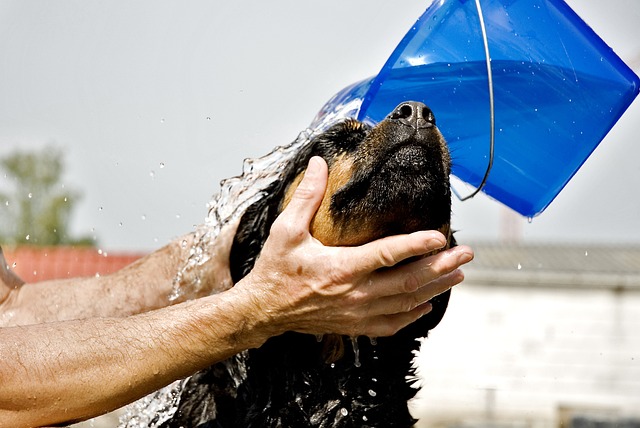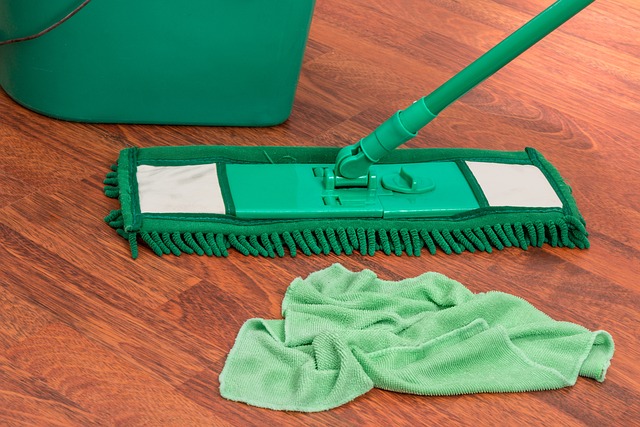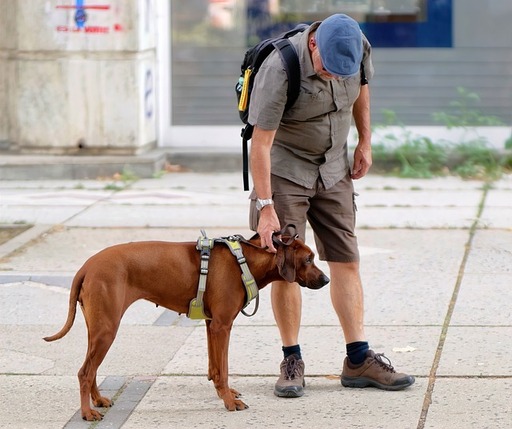Even though pets bring immeasurable joy, love, and companionship into our lives, making our homes warmer and more vibrant, they also come with their share of challenges, including the occasional pet stain. Whether it’s a puddle of urine, a splatter of vomit, or an unexpected “gift” from your furry friend, these messes can test your patience and your cleaning skills.
Our pets are family, and while accidents happen, we can take proactive measures to address these stains swiftly and effectively. From understanding the nature of pet stains to assembling the right arsenal of tools and implementing practical cleaning techniques, we’ve got you covered. So, if you’re a pet parent or considering adopting a furry companion, read on to discover the keys to a spotless, pet-friendly home.
Here is our post on 10 Importance of Cleaning Your Pet’s Bedding
Types of Pet Stains
Before we dive into the practical tips for removing pet stains, it’s important to understand what you’re dealing with. Pet stains, whether from urine, vomit, or feces, are more than just unsightly; they can also leave lasting odors and potentially damage your flooring or upholstery if not properly addressed. Here’s what you need to know:
Urine Stains
Pet urine contains uric acid crystals that can leave a persistent odor even after the visible stain is gone. The longer the urine sits, the harder it is to remove.
Vomit Stains
Pet vomit can be acidic and potentially damage carpets or upholstery. It may also contain undigested food that can leave stains.
Fecal Stains
Pet feces can leave visible stains and unpleasant odors. They should be cleaned promptly to prevent the spread of bacteria.
The Tools You’ll Need
Before you begin, it’s crucial to gather the necessary tools and cleaning products for effective pet stain removal. Here’s what you’ll need:
- Disposable Gloves: Protect your hands from direct contact with pet waste.
- Paper Towels or Rags: Use these to blot and absorb the stain.
- Baking Soda: Baking soda helps neutralize odors and can be used to clean and deodorize pet stains.
- White Vinegar: White vinegar can help break down and remove pet stains, especially urine stains.
- Hydrogen Peroxide: Hydrogen peroxide can be used to remove stubborn stains and can also help with odor removal.
- An Enzymatic Cleaner: Enzymatic cleaners are specifically designed to break down the compounds in pet urine and feces, effectively removing stains and odors.
- A Plastic Scraper: This can be useful for gently removing solid pet waste from surfaces.
- A Wet/Dry Vacuum: A wet/dry vacuum is helpful for thoroughly extracting liquid from carpets or upholstery.
- A Carpet Shampooer (Optional): If you have a lot of carpeted areas and frequent pet accidents, investing in a carpet shampooer can be worthwhile.
Now that you have your tools ready, let’s move on to the 10 emergency pet stain removal tips.
See also our post on Eco-Friendly Cleaning Tips for Pet Owners: A Comprehensive Guide
10 Emergency Pet Stain Removal Tips
1. Act Quickly
The most crucial aspect of pet stain removal is to act swiftly. The longer a stain sits, the harder it becomes to remove, and it’s more likely to leave a lingering odor. As soon as you discover a pet stain, begin the cleaning process.
2. Blot, Don’t Rub
When dealing with pet stains, always blot the area with a paper towel or rag rather than rubbing it. Rubbing can spread the stain and push it deeper into the fabric or carpet fibers.
3. Remove Solid Waste
For feces and vomit, use a plastic scraper or disposable paper towel to gently lift away as much of the solid waste as possible before addressing the stain itself.
4. Soak Up Excess Liquid
After removing solid waste, use paper towels or rags to soak up as much of the liquid as possible. Press down firmly to absorb as much moisture as you can.
5. Apply an Enzymatic Cleaner
Once you’ve blotted up as much liquid as possible, apply an enzymatic cleaner to the stain. Follow the product’s instructions, and make sure it thoroughly covers the affected area.
6. Baking Soda and White Vinegar
For particularly stubborn stains or odors, you can create a mixture of baking soda and white vinegar. Sprinkle a layer of baking soda over the stain, then spray it lightly with white vinegar. Allow it to fizz and work for a few minutes before blotting up the mixture.
7. Hydrogen Peroxide
Hydrogen peroxide can be effective for removing tough pet stains, especially urine stains. Apply it to the stain, let it sit for a few minutes, and then blot it up.
8. Rinse and Repeat
After using any cleaning solution, rinse the area thoroughly with clean water. Then, blot it until it’s as dry as possible. If the stain or odor remains, you may need to repeat the process.
9. Odor Control
To ensure that no lingering odors remain, use an odor-neutralizing product designed for pet stains. These products work to break down and eliminate any remaining odors.
10. Carpet Shampooer (Optional)
If you have carpeted areas with frequent pet accidents, investing in a carpet shampooer can provide a more thorough and efficient cleaning. Follow the manufacturer’s instructions for using the machine.
See also our post on 10 Cleaning Tips for Families with Children and Pets which you will not want to miss.
How to Prevent Future Pet Stains
While effective emergency pet stain removal is essential, preventing future stains is equally important. Here are some tips to minimize pet accidents:
1. Regular Bathroom Breaks
Ensure that your pet has regular bathroom breaks to prevent accidents indoors. This is especially important for puppies or senior pets.
2. Proper Training
Consistent training and positive reinforcement can help prevent accidents in the house.
3. Maintain a Routine
Establish a feeding and bathroom routine to make it easier for your pet to predict when it’s time to go outside.
4. Use Pet-Friendly Products
If your pet has a favorite indoor spot for accidents, consider using pet-friendly detergents or sprays to discourage repeat incidents.
5. Consider Professional Help
If your pet’s accidents are due to behavioral or health issues, consult with a veterinarian or a professional dog trainer.
See also our post on 10 Importance of Cleaning Your Pet’s Bedding
Conclusion
Caring for our beloved pets comes with the occasional challenge of pet stains, but armed with the right knowledge and tools, you can efficiently address these accidents and maintain a clean, odor-free home. Act quickly, blot instead of rubbing, and make use of enzymatic cleaners, baking soda, white vinegar, and hydrogen peroxide to effectively remove stains and odors. Additionally, rinse the area thoroughly, use odor-neutralizing products, and consider investing in a carpet shampooer for deep cleaning.
Preventing future pet stains is just as vital as addressing current ones. Maintain a regular bathroom schedule for your pet, provide proper training, and use pet-friendly products to discourage repeat incidents. Remember that professional help is available if your pet’s accidents are a result of behavioral or health issues. With these 10 emergency pet stain removal tips in your arsenal, you can ensure that your home remains a clean and welcoming space for both you and your cherished furry companions.













